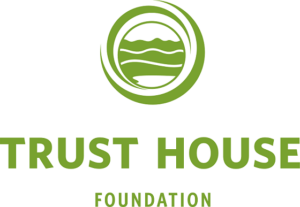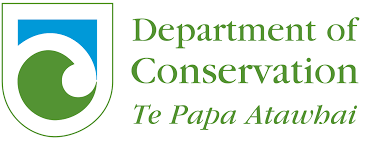Culling operations to control deer populations in the New Zealand backcountry began in 1910 when it was realized increasing numbers were detrimental to the quality of the herd. Problems were also beginning in the high-country pastoral sheep stations from browsing deer.
The Department of Internal Affairs (IAD) took over the deer control in 1931 after the government “Deer Conference” of 1930. The NZ Forest Service (NZFS) had lobbied to take over control of deer nation-wide since the 1920s but in the end, Major George Yerex was given the job to lead the IAD deer culling.
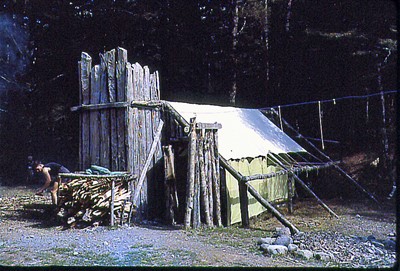
Accommodation for the early cullers in the high country was mostly in “Tent Camps”, like the ones used by hunter trainees at the NZFS training camp at Dip Flat in Malborough

An early camp at Arete Forks before the S70 hut was built. In the Tararua range, several temporary camps were built, as well as cullers using the existing tramping huts that already existed. like Kime/Vosseler, Alpha, Totara Flats and Waitewaewae huts
Major Yerex came to the realization that provision of huts would improve the efficiency of the culling operations. He estimated a network of 50 to 80 huts were needed throughout the country.
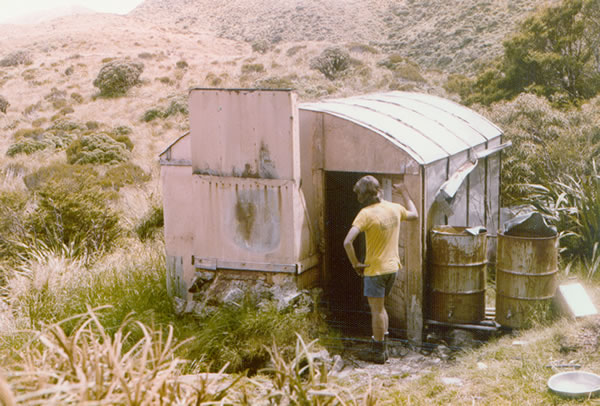
The first trial for airdropping prefabricated huts at high altitude was Andersons Memorial hut on the Southern Main Range in 1946. Building this hut showed that the deer cullers could increase the efficiency of the hunters and increase the control of deer significantly. below, Andersons Memorial hut. Read more here…
Further permanent huts for deer cullers were not built until 1955 when two huts were airdropped into the Tararua range in 1955. The NZFS were about to take over the responsibility for deer culling throughout the country in 1956. This hut was planned jointly with the NZFS and the IAD. NZFS staff built the two huts. One was located in Bannister basin, and the other on Dorset Ridge. Bannister Basin hut was eventually removed by the NZFS in the 1980s and Dorset Ridge hut was replaced at a different location in 1968.
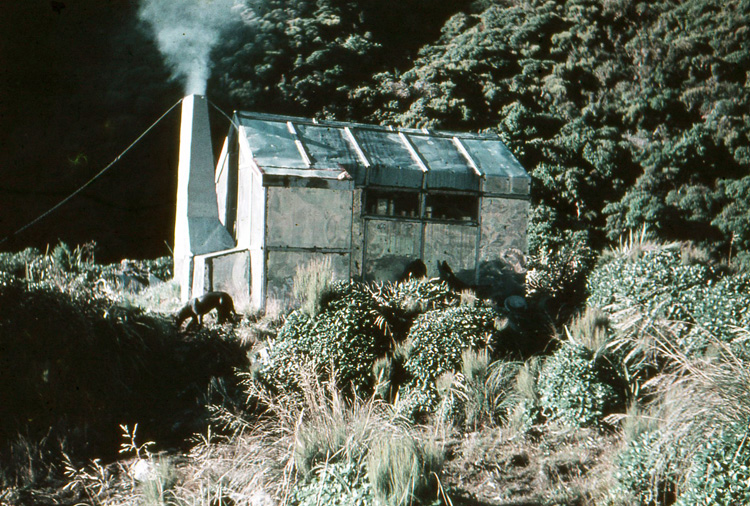
Bannister Basin hut 1966
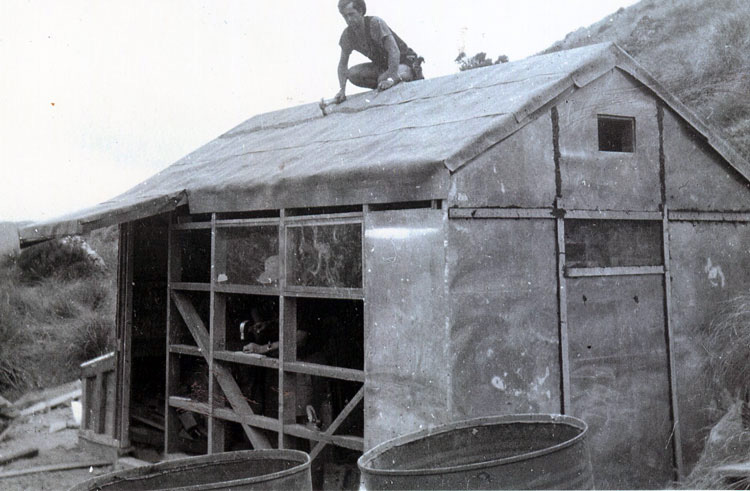
Building Dorset Ridge hut. 1955. Read more about Dorset Ridge here…
When the NZFS took over the control of deer, Tahr, Chamois and other wild animals, a massive hut, track and bridge building operation was launched. Initially huts were designed and built by individual regions and on the West Coast field officers had begun to develop standard designs that would later be adopted though out the country. Standard huts were designed for four bunk and six bunk huts and a two person “bivouac”. These were named S81, S70 and S86 respectively.
In the Tararua and Aorangi forest parks there were three pre NZFS huts built. The NZFS built a total of 17 S70 type 6 bunk huts. (Three of these were built in the Aorangi Forest Park) and nine S86 “dogbox” type Bivouacs. This hut building programme was part of the country wide effort by the NZFS and eventually 0ver 300 four and six bunks huts were built, and 130 two person bivouacs.
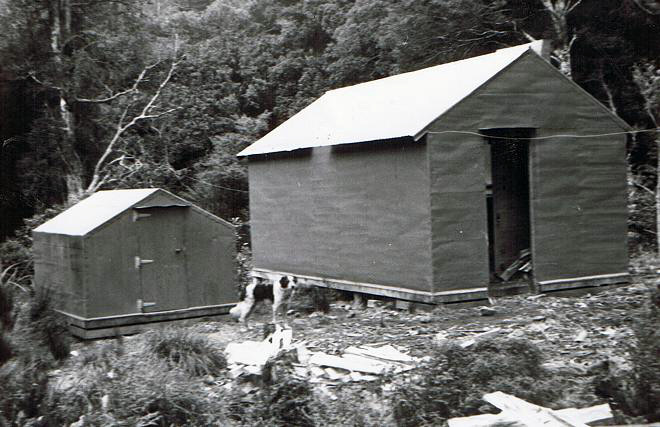
The first S70 type hut was built at Cow Creek in 1960, followed by similar huts at Arete Forks, Cattle Ridge and Dundas. Over the next three a further eight S70 huts were built. (one in the Aorangi range). During 1967 and 1968, five more S70 huts were built. (two in Aorangi Forest Park). From 1964 to 1968 the nine S86 Bivouacs were built.
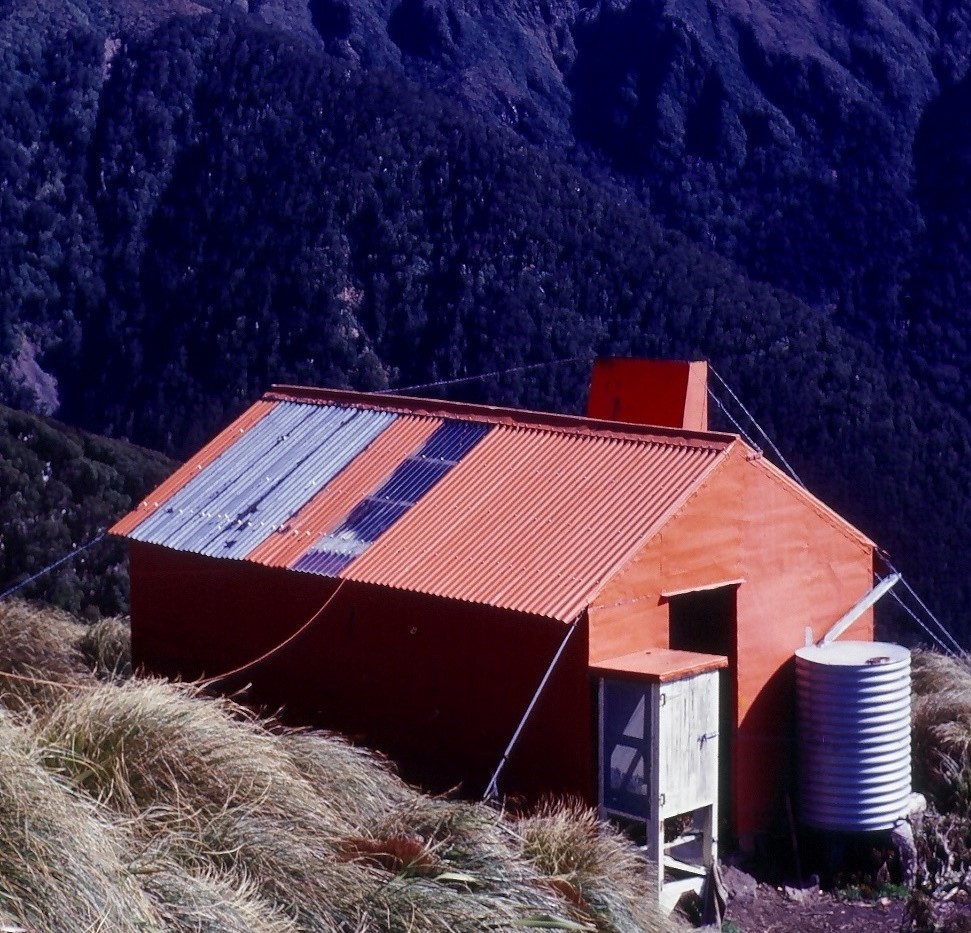
Angle Knob hut was built in 1961 but suffered from the extreme wind conditions of the Tararua range. Eventually, the hut was literally blown away, ending up 200 metres downhill. This hut was replaced by a tramping hut at Jumbo, now part of the popular Powell-Jumbo circuit. Read more about this hut here…
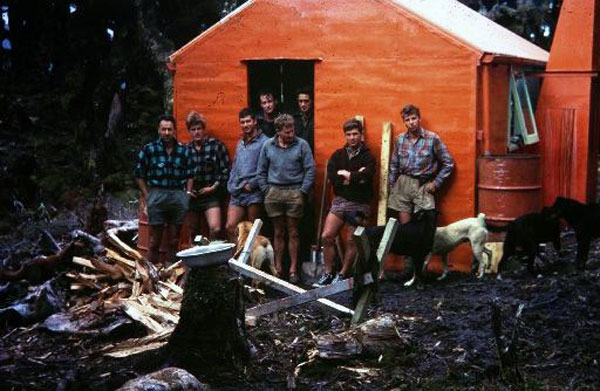
The cullers employed by the NZFS usually spent six weeks or more in the Tararua range hunting deer and goats over six months during the summer period then similar periods hunting in the Aorangi and Remutaka ranges. Photo is of two team of cullers plus field officers Athol Geddes and Noel Frazer, at Carkeek hut. 1965. More about Carkeek hut here…
The initial reaction from the Tararua tramping fraternity wasn’t all positive. The Wellington Associated Mountain Clubs (WAMC) voiced concerns to the forest park advisory committee about proliferation of huts and that their aim was to keep the “central range areas” in a wilderness condition as far as practical. The Tararua range was a trial for the introduction of the “multiple use” Forest Park system in the country, and the NZFS had in mind the benefit that these huts would provide in enhancing tramping and hunting opportunities. All huts had a capacity for six bunks, whereas elsewhere, the four-bunk hut design had been used in many remote places. The NZFS hut network with the associated tracks and bridges opened up much of the Tararua range to tramping and hunting in areas that had previously been difficult to access.
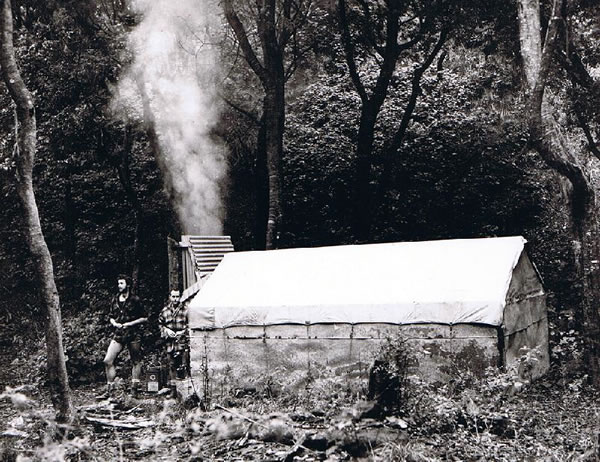
In the Remutaka Forest Park, the NZFS began goat control operations in 1966. A variation of the standard tent Camp was developed by the field officer in charge, Noel Frazer. Four of these temporary camps were built, two of which were eventually replaced by permanent huts (Wairongomai and Wharepapa). Photo; NZFS cullers Derrick Field and Russel Hulme at the newly built Wharepapa camp Remutaka range. 1966. Photo Noel Frazer.
Commercial deer control using helicopters had been proven to be efficient in reducing deer populations at no cost to the government. After some opposition from recreational hunters, helicopter deer recovery was permitted in the Tararua range in 1979. In the 1980s, department culling was directed at the feral goat populations in the three forest parks.
The extensive network of tracks developed by the NZFS was also reduced in the development of forest park management plans. Today, the remaining network of huts, tracks and bridges developed by the NZFS, is now almost exclusively used by trampers and recreational hunters. .
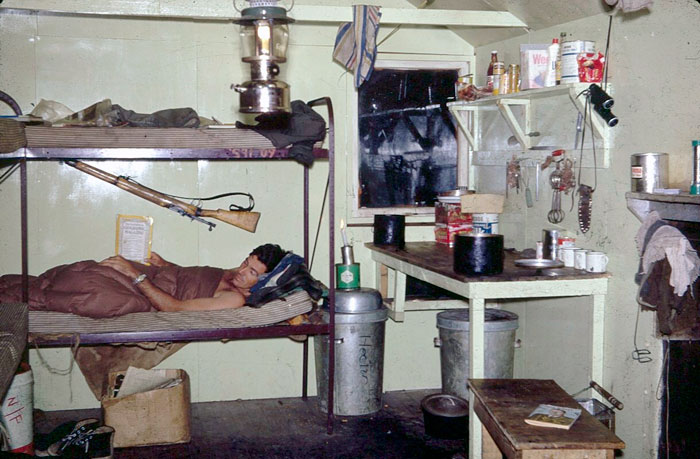
NZFS culler Ted Smith nside Neill Forks hut. 1967. The Tararua and Aorangi huts were fully lined inside. Not part of the standard design but adopted in nearly all areas by NZFS hut builders eventually. Photo Paul Gush
A historic assessment undertaken by Michael Kelly for DOC of Wild Animal Control huts throughout the country considered that only two in Tararua and Aorangi were still representative of the original culling huts. (Pararaki and Mid Waiohine huts). These were the only two huts that had not been modified. The report found that this was a similar situation in other areas as well. The DOC assessment by Kelly was part of a country wide review of all of the remaining huts developed during the deer culling era. The report highlighted the importance of the deer culling huts in New Zealand’s backcountry, and part the cullers contributed to the development of the huts that are now regarded as an iconic part of mountain history. Read the Kelly report here…

Aside from building and maintaining most of early the huts in the three forest parks, tramping and hunting clubs have also been maintaining many of the huts built by the NZFS and Department of Conservation (DOC). Photo; The Wellington branch of NZDA restored Cattle Ridge hut. More about Cattle Ridge hut here…
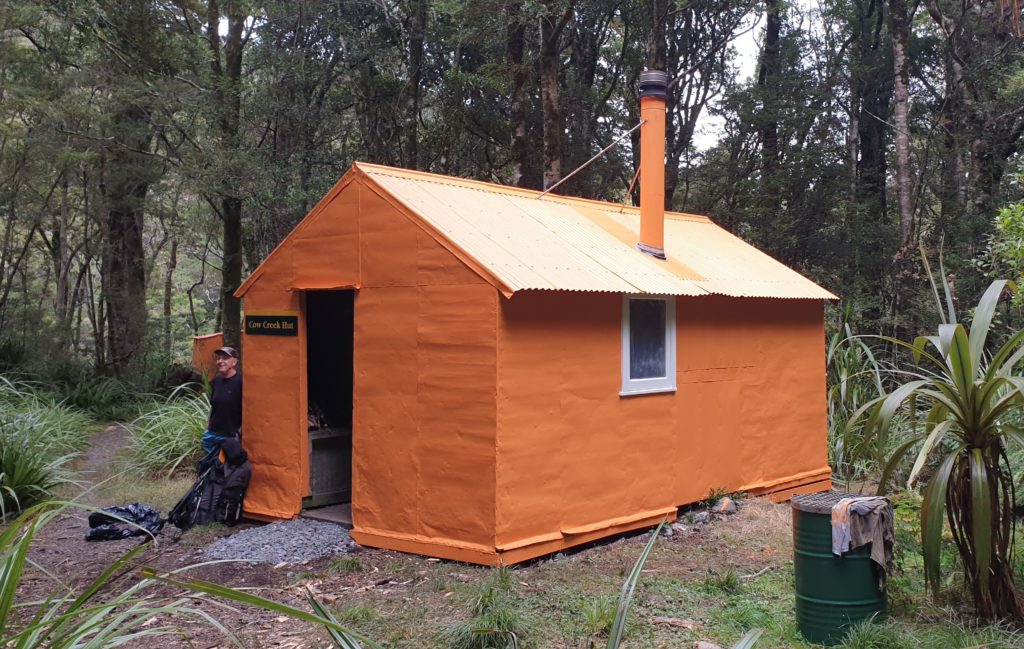
Cow Creek hut was recently repainted inside and out by the Hutt Valley NZDA , using NZFS colours for S70 huts. More about Cow Creek hut here…
Clubs and other volunteer groups now manage 43 of the 54 public huts in the three forest parks.
A volunteer group of ex deer cullers (exNZFS) have taken on the upkeep and restoration of twelve huts and bivouacs with the aim of retaini ng the historical value of these huts.

o increase the number of S70 huts that meet the original design specification, the exNZFS group undertook to restore the Arete Forks hut. This project was funded mainly the Backcountry Trust and also the TARHC. The major alteration was the installing of the traditional open fireplace to the hut. Now, three original S70 huts in the forest parks are now representative of the culling huts. More about Arete Forks hut here…
The group manages five other S70 huts and two S86 bivouacs and aim to restore these huts as much as possible to original design. Of the original fifteen S70 type huts within the forest parks, three huts mentioned above have been kept or restored to original design. Six huts are in near original design. Five huts are significantly modified. Three huts have been removed or destroyed by wind. (Maungahuka was replaced with a larger hut).

Of the original nine S86 Bivouacs, only two of these building remain. Others have either been removed or replaced with to person huts. Left; Winchcombe bivouac 1967. and George, Paul Gush’s dog. The bivouacs still remaining are Mid King and McGregor bivouacs.
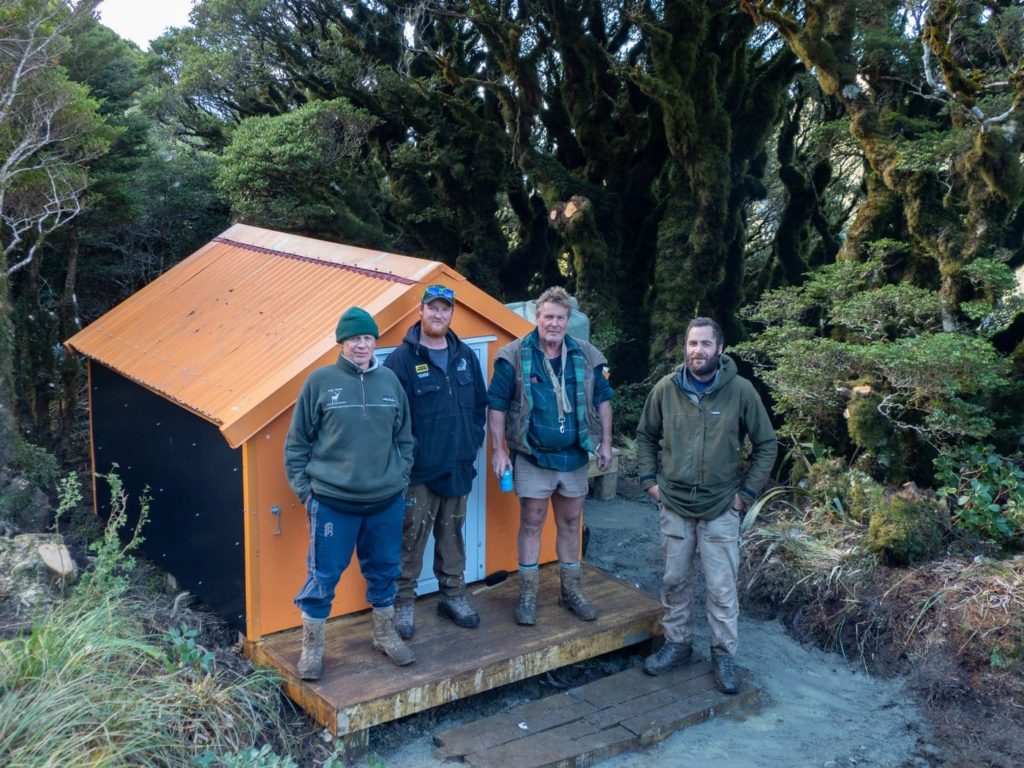
In April 2021, the exNZFS group completed the return of Winchcombe bivouac to the original site of the previous bivouac. This work was funded by the backcountry Trust. This was done as an historical project, with the aim of increasing the number if NZFS S86 type bivouacs. The design was based on the original building, with present day building standards incorporated. Photo Megan Dimozantos Read more about this project here….


